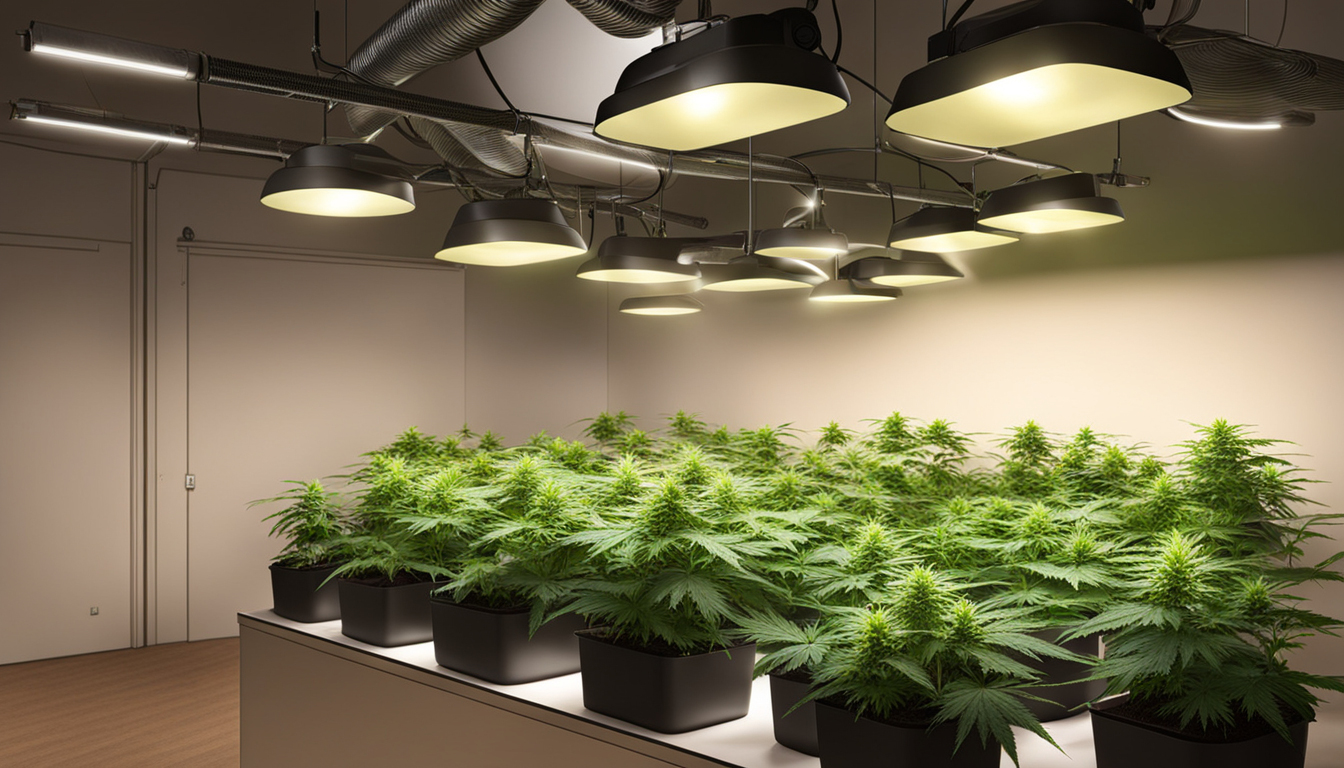
Whether you're just starting out with cannabis cultivation or looking to improve your existing crop, following this complete guide will help you produce bountiful, high-quality yields right at home. With the right supplies, techniques, and care, growing marijuana indoors can be an extremely productive and cost-effective endeavor.
Choosing Pot Strains
The first step in planning your indoor grow is selecting the right marijuana cultivars to produce. The three main types of cannabis plants each have their own characteristics.
Sativas
Known for their invigorating mental effects, these strains spread tall and slender with narrow leaves. They thrive in warmer equatorial climates and have a longer flowering time between 2.5-3 months indoors. Top sativa strains include Sour Diesel, Durban Poison, and Jack Herer.
Indicas
Indicas provide relaxing body-focused effects and spread short and bushy with wide leaves. Accustomed to colder mountain climates, they bloom faster within 2-2.25 months. Popular relaxing varieties include Northern Lights, Bubba Kush, and Bubba Kush.
Mixed strains
Mixed varieties blend traits from both sativas and indicas. They offer combined effects and have moderate flowering periods around 2.25-2.5 months. Popular mixes are Blue Dream, OG Kush, and Blue Dream.
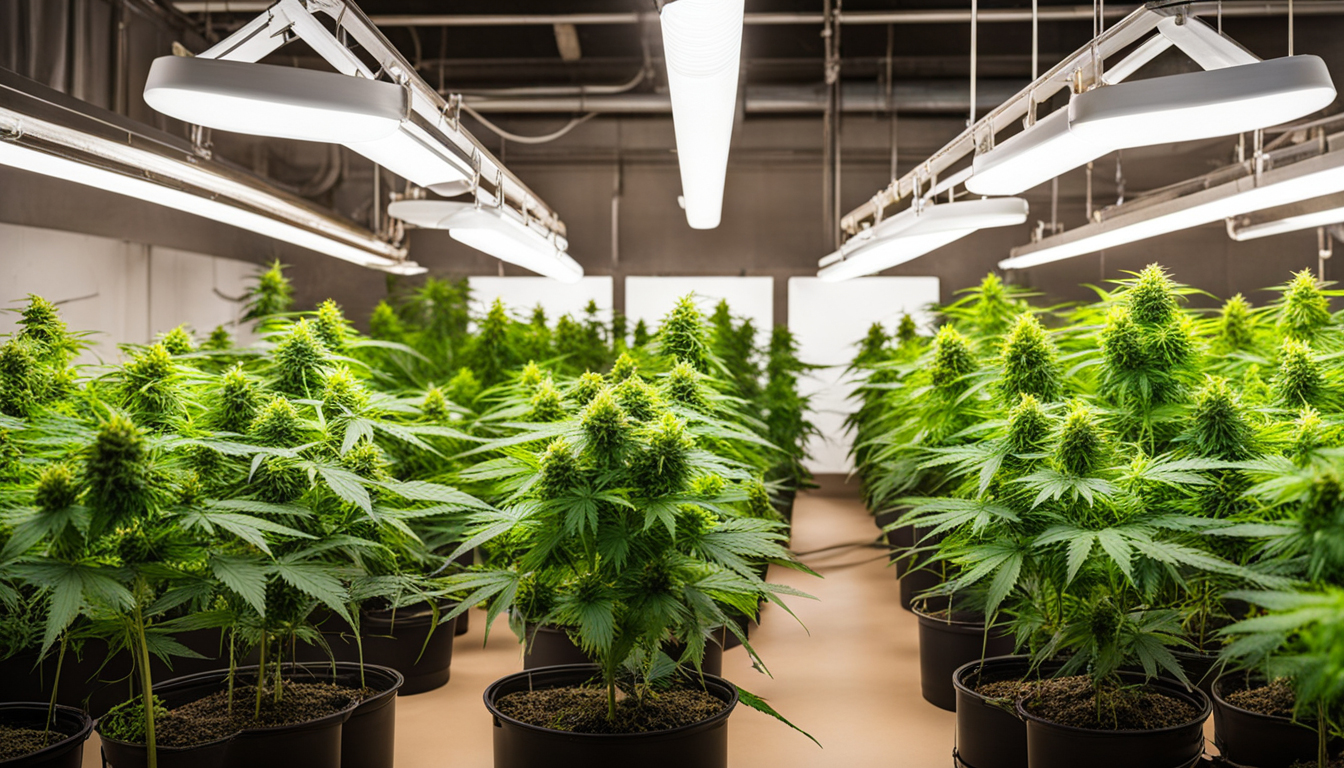
Setting Up Your Grow Space
Pot plants need the right controlled environment to succeed. Key factors for indoor farms are lighting, ventilation, layout, and finding the ideal discreet area.
Location
Choose an available space with easy access to irrigation and power outlets. An empty extra bedroom, unused closet, basement corner, or grow tent securely placed in a garage all make great discreet grow room spots.
Lighting
Pot requires powerful light for all growth stages. LED grow lights are efficient and come in broad spectrum options simulating natural outdoor light. Provide 15-25 watts per sq. ft for the vegetative stage and 400-600 watts per square foot for flowering.
Airflow
Proper airflow and exhaust systems maintain ideal temp, moisture, and fresh CO2 levels. Install low-noise 10-15 cm fans or scrubbers to refresh stale air and reduce odors.
Layout
Optimize your space by positioning plants strategically under the lights and leaving room to reach and work around them. Set up separate zones for growth, bloom, drying, and propagation.
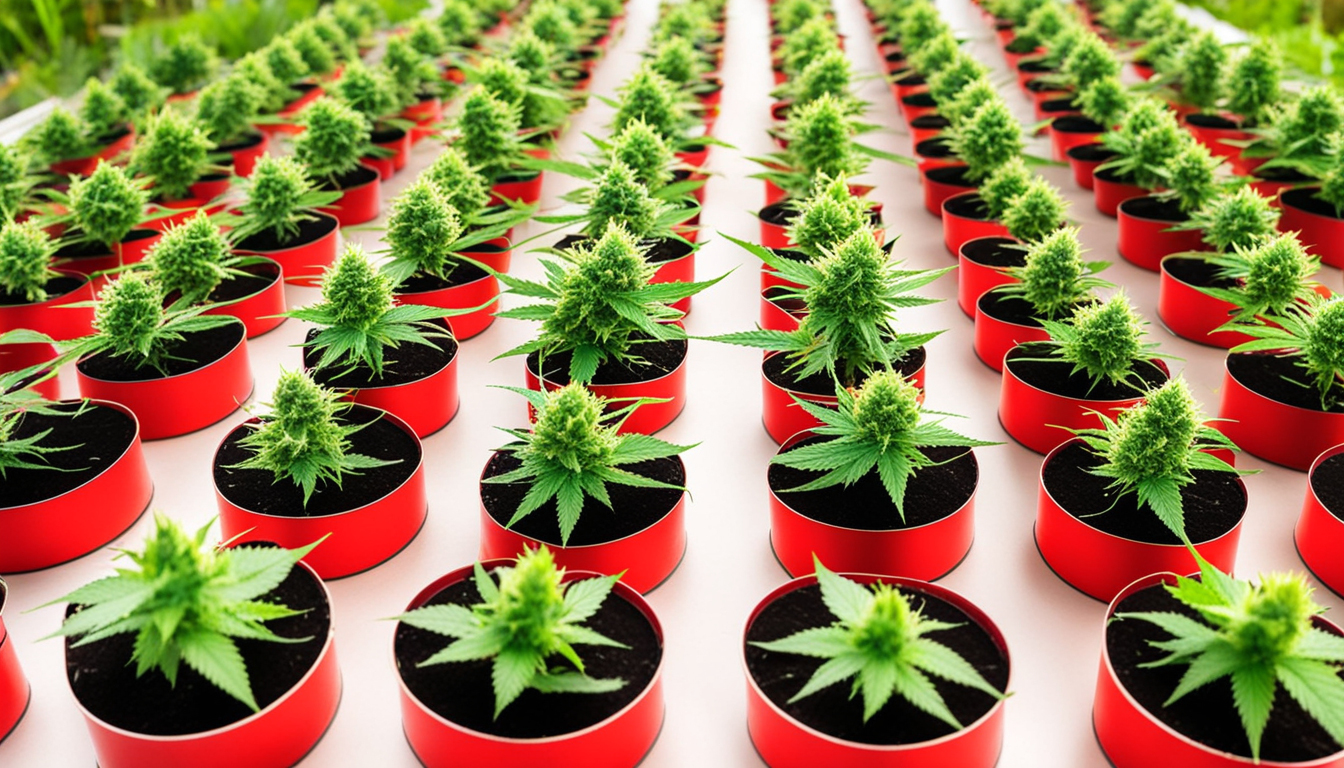
Growing Substrates
Pot can be grown in various mediums, each with benefits and cons. Pick a suitable option for your particular setup and growing style.
Soil
The classic substrate, soil is affordable and simple for new growers. It provides excellent flavor but needs more watering and nutrients to feed plants. Amend soil with vermiculite or coco to improve aeration.
Coco Coir
Made from coir, renewable coco coir holds water but still allows air to the roots. It's cleaner and more consistent than soil. Use coco-specific nutrients to prevent calcium buildup.
Water systems
In hydro systems, plant roots develop directly in nutrient irrigation solution. This allows rapid development but needs careful monitoring of solution properties. Deep water culture and irrigation systems are popular techniques.
Sprouting Seeds
Sprouting activates your weed seeds to start sprouting taproots. This readies them for planting into their cultivation medium.
Towel Method
Place seeds between moist paper towel and maintain them moist. Inspect after a week for emerging radicles showing germination is complete.
Direct Planting
Insert seeds right into pre-moistened growing medium 6mm deep. Gently water and wait 7-14 days until sprouts push through the top.
Cubic rockwool
Presoak cubic rockwool starters in pH-adjusted water. Insert seeds 1⁄4 inch deep into the cubes. Keep cubes wet until sprouts appear within 1-14 days.
Transplanting Young plants
Once germinated, cannabis seedlings need to be transplanted to prevent crowding. Move them Find Out More into appropriately sized containers.
Preparing Containers
Load large containers with growing medium amended with slow-release fertilizer. Allow containers to absorb water for 8-12 hours before repotting.
Gently repotting
Gently separate seedling roots from sprouting medium using a spade. Put into pre-soaked container at same depth as before and lightly water in.
Vegetative Stage
The growth stage encourages foliage and plant form through 18-24 hours of daily light exposure. This stage usually lasts 1-2 months.
Using 3/4 to full day of Light
Use grow lights on a 24 hour schedule or outdoor light to initiate nonstop growth. Lamp output influences size and internodal spacing.
Fertilizing
Use vegetative stage nutrients higher in nitrogen. Make sure pH stays around 6.5 for proper fertilizer uptake. Fertilize 25-50% strength after 2 weeks and increase gradually.
Training Techniques
Topping, low stress training, and scrogging manipulate growth patterns for even canopies. This increases yields.
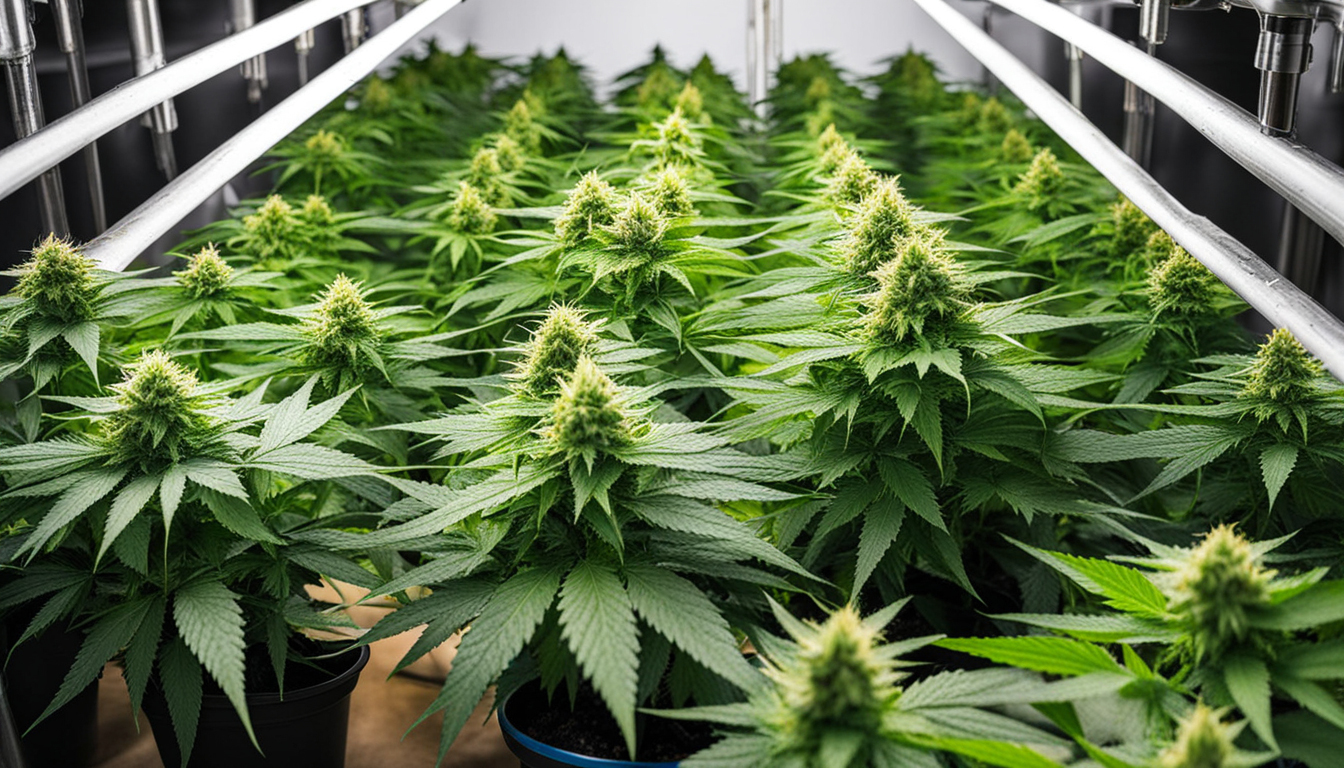
Flowering Stage
The flowering stage grows buds as plants reveal their sex under a 12 hour light schedule. It lasts 8-12 weeks based on variety.
Changing Light Schedule
Switch lamps to 12 hours on, 12 hours off or move outside for outdoor 12 hour cycle. This signals plants to start blooming.
Flushing
Flushing removes fertilizer residuals to enhance taste. Fertilize lightly the first period then just use plain water the final 2 weeks.
Flushing
Maintain 12 hour photoperiod but leach using pH-balanced water only. Resume clean watering if buds aren't mature after two weeks.
Reaping
Recognizing when pot is completely mature ensures peak potency and aroma. Harvest plants at peak ripeness.
Signs of readiness
Look for fading pistils, swelling calyxes, and 5-15% amber trichomes. Check buds around the plant as they don't all ripen evenly.
Harvesting plants
Use clean, sharp pruning shears to gently cut each plant at the base. Leave 5-10cm of stem attached.
Drying
Suspend whole plants or colas inverted in a lightless room with average temp and humidity around 50-60% for 1-2 weeks.
Curing
Aging keeps drying while improving the buds like fine wine. This technique mellows harshness and intensifies cannabinoid and terpene profiles.
Curing containers
Trim cured buds from stems and store into sealed containers, filling about 75% capacity. Use a hygrometer to monitor container humidity.
Opening jars daily
Open jars for a short time daily to gradually lower moisture. Remoisten buds if humidity goes under 55%.
Final Cure
After 14-21 days when humidity levels off around 55-65%, do a final manicure and store forever in sealed jars.
Troubleshooting
Even experienced cultivators run into various cannabis plant problems. Detect issues early and fix them properly to keep a strong garden.
Nutrient Deficiencies
Chlorosis often indicate inadequate nitrogen. Purpling stems and leaves signal phosphorus deficiency. Test pH and increase fertilizers slowly.
Pests
Thrips, aphids, fungus gnats, thrips, and nematodes are common marijuana pests. Use neem oil sprays, predator bugs, Watch Now and sticky traps for natural control.
Powdery mildew
High moisture encourages powdery mildew and root rot. Improve circulation and circulation while lowering RH below 50% during bloom.
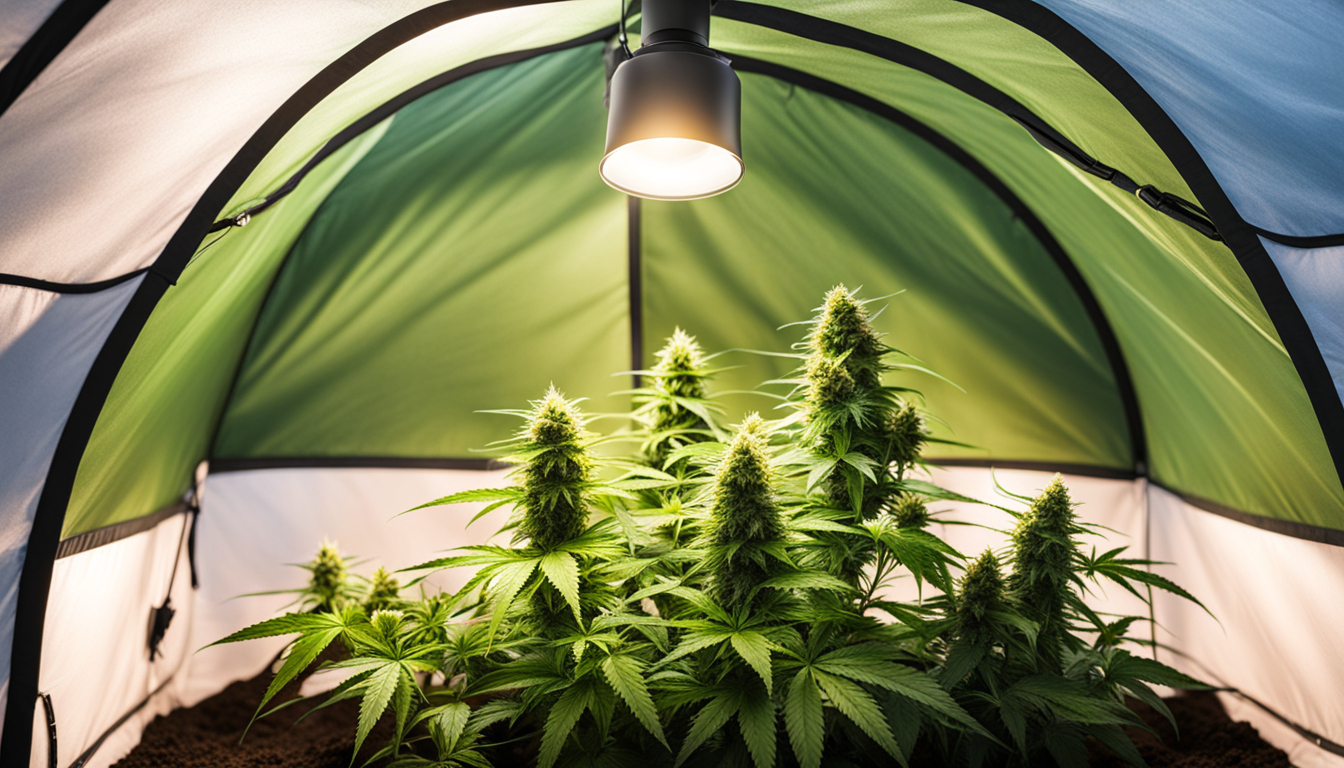
Summary
With this complete indoor weed growing guide, you now have the info to cultivate plentiful potent buds for private grows. Apply these steps and techniques throughout the germination, growth, and flowering stages. Invest in quality Watch Now gear and closely check on your plants. In time, you'll be rewarded with frosty aromatic buds you raised yourself under the patient guidance of your green hands. Happy growing